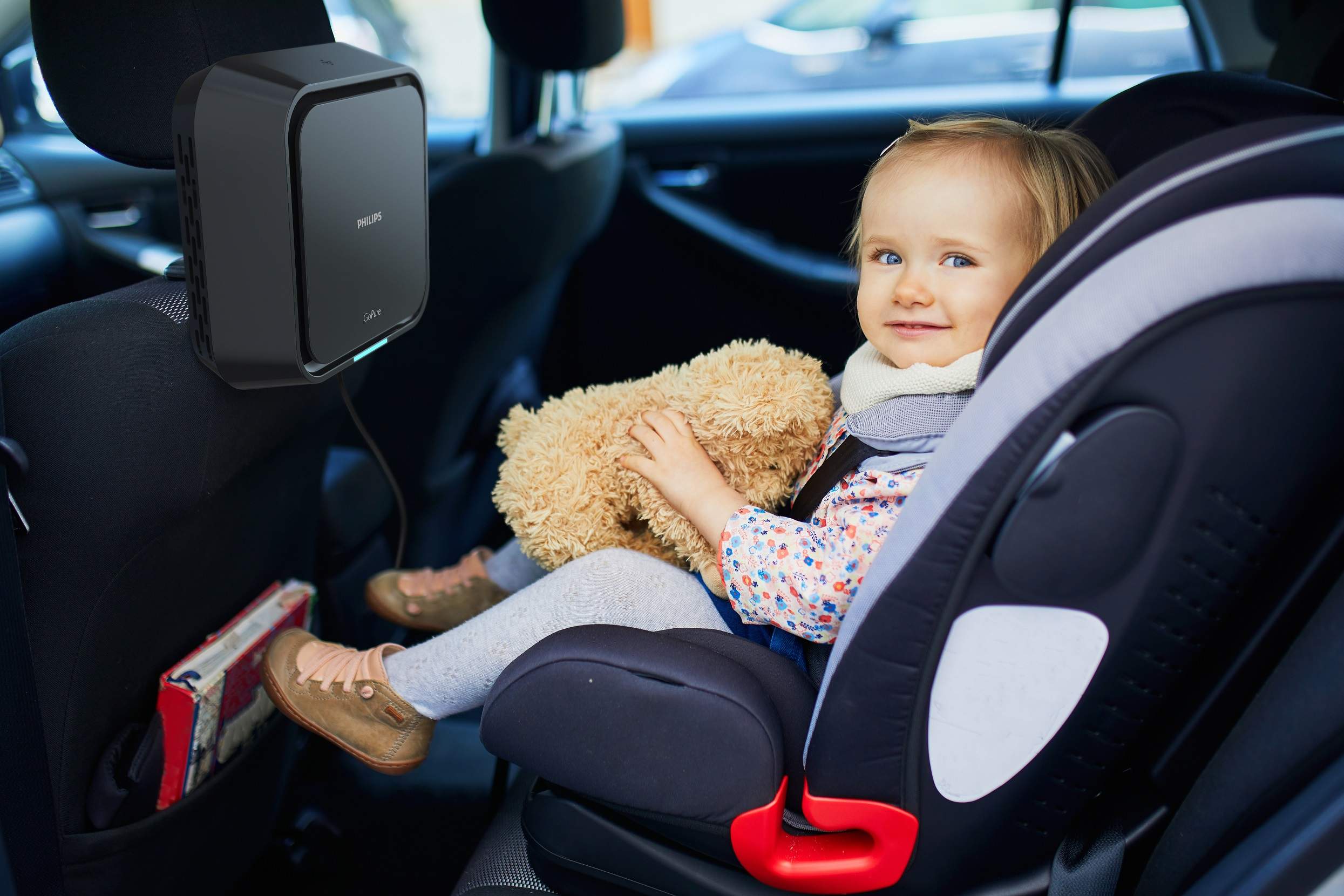When you buy a new car, the intoxicating “new car smell” might be one of the first things you notice. However, recent studies suggest that this aroma could be more harmful than pleasant, raising concerns about toxic chemicals present in vehicle interiors.

Unveiling the Toxic Threats in Modern Vehicles
A groundbreaking study highlighted by KPVI has discovered alarming levels of flame-retardant chemicals in the foam seating and other parts of most personal cars. According to Rebecca Hoehn, a PhD student and toxicology expert at Duke University, these chemicals, specifically Tris (1-chloro-isopropyl) phosphate (TCIPP), have been linked to cancer. Alarmingly, TCIPP was detected in 99% of 101 US cars manufactured in 2015 or later. The presence of other hazardous chemicals like TDCIPP and TCEP was also noted, raising significant health concerns, especially for frequent drivers and young passengers who spend considerable time in these environments.
Research conducted in collaboration with the Beijing Institute of Technology and Harvard T.H. Chan School of Public Health on the interior air quality of a new mid-size SUV plug-in hybrid electric further supports these findings. Published by Forbes, the study showed that levels of volatile organic compounds (VOCs) such as formaldehyde, benzene, and styrene—classified as Class I carcinogens by the International Agency for Research on Cancer—surpassed Chinese safety guidelines.
It has that new car smell. Which means, it’s off gassing all manner of toxins. ☠️ pic.twitter.com/wV1v3ypwVT
— S. Elf (@SnarkyElf) January 13, 2020
The Role of Temperature in Chemical Exposure
The danger of these chemicals increases in warmer weather due to off-gassing from flame retardants. The interior temperatures of vehicles can soar up to 150 degrees Fahrenheit, significantly enhancing the emission rate of these toxic compounds. Over a 12-day period, VOC concentrations in a parked SUV were monitored, revealing that formaldehyde and acetaldehyde levels exceeded safety norms by 34.9% and 60.5%, respectively. These findings underscore the need for awareness and precaution among all drivers regarding the air quality inside their vehicles.

Strategies to Maintain Healthy Air Quality in Your Car
Despite the concerning data, there are several ways to mitigate the risks posed by these chemicals. The American Lung Association advises choosing less crowded routes and driving during off-peak hours to reduce exposure to traffic-related pollutants. When traffic is stalled, it’s recommended to keep windows closed and use recirculated cabin air to avoid outdoor pollutants. Conversely, during lighter traffic, opening windows can help clear out the internal pollutants, improving overall air circulation.
Regular interior maintenance is also crucial. The advocacy group emphasizes the importance of routine cleaning to reduce dust and airborne pollutants inside cars. This includes wiping down hard surfaces and deep cleaning upholstery without the use of harsh chemicals. Furthermore, it’s vital to maintain the car’s cabin air filtration system by inspecting and changing the cabin air filter as recommended by the manufacturer.

Conclusion
The findings from these studies provide a crucial insight into the potential health risks associated with new car interiors. As consumers, it’s essential to be aware of these risks and take proactive steps to ensure that the excitement of a new car does not compromise health. By adopting simple maintenance and driving habits, drivers can significantly reduce their exposure to harmful chemicals and enjoy a safer, healthier driving experience.










